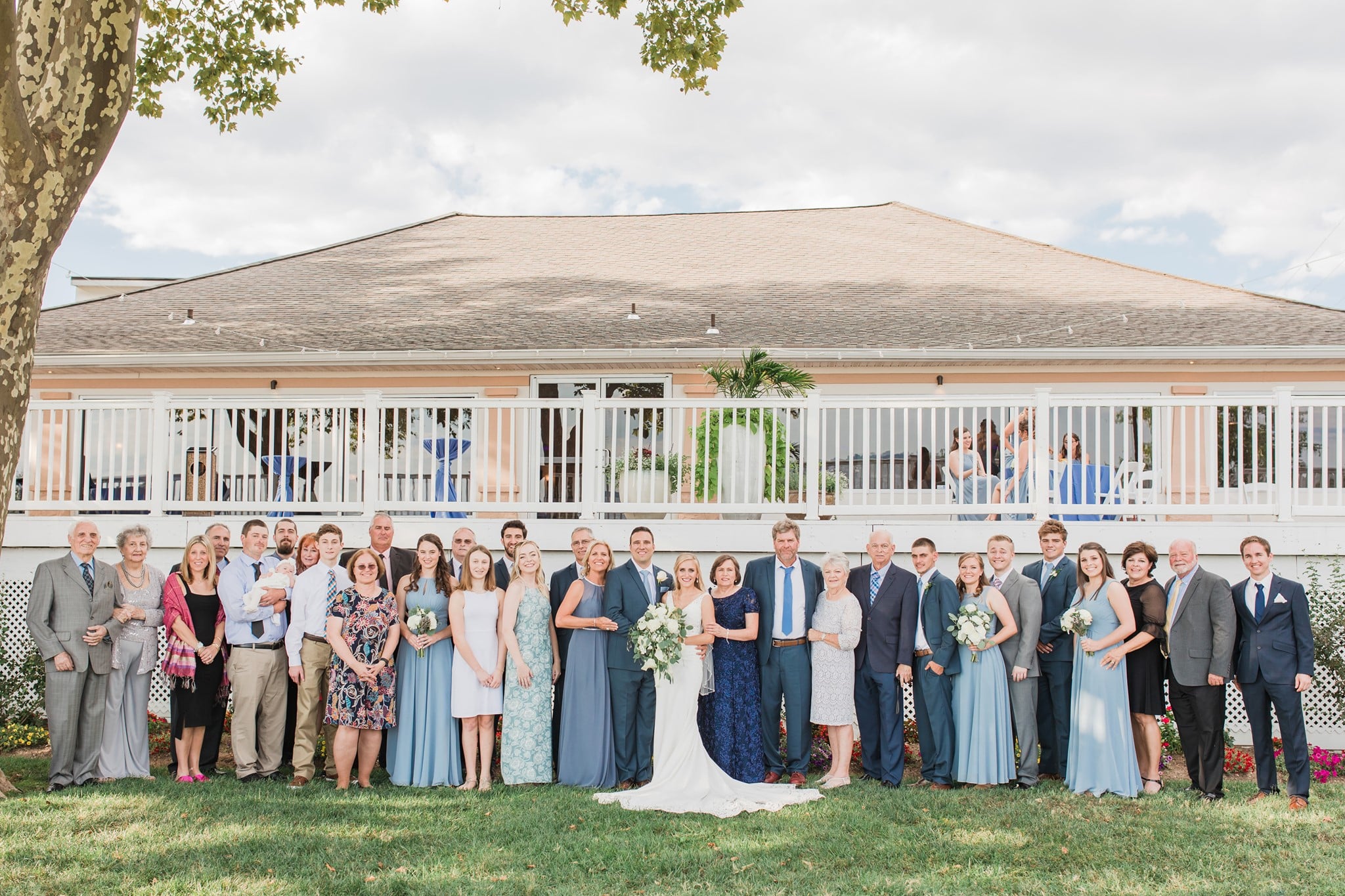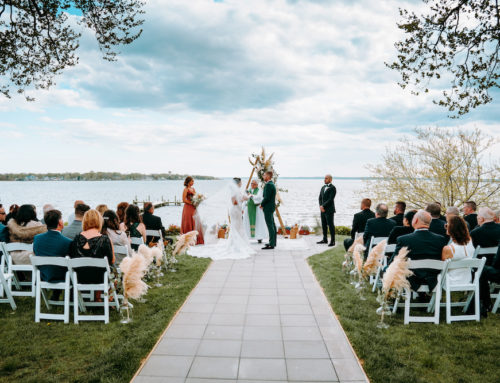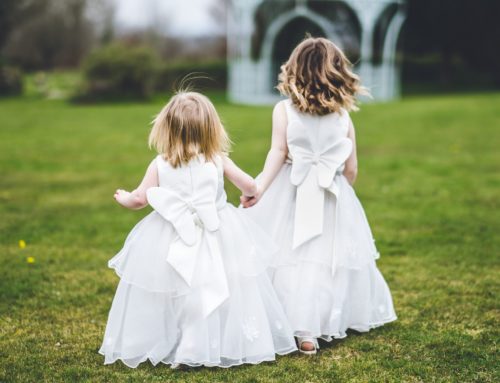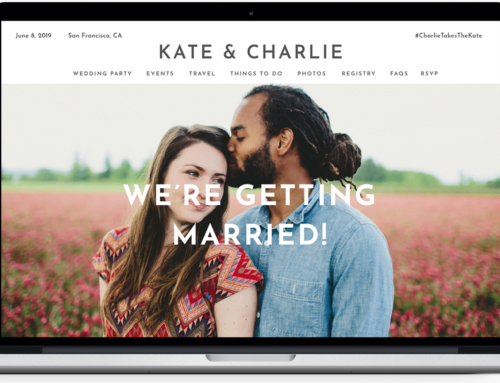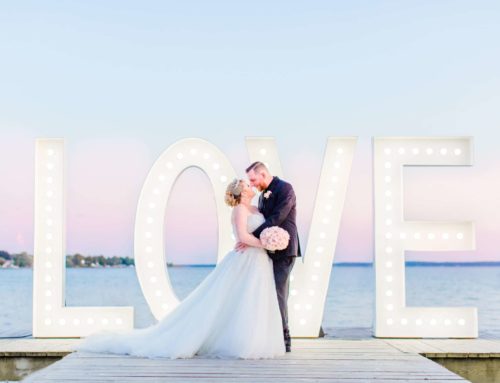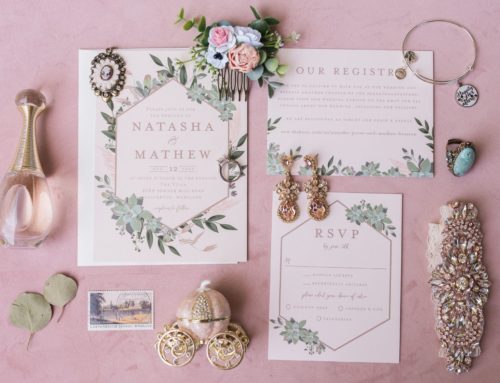Have you ever been invited to a wedding and the dress code left your head spinning? What exactly is the difference between white-tie and black-tie? Isn’t “casual dressy” an oxymoron? No one wants to be underdressed, or overdressed — how do you know if your outfit is in the clear?
Choosing a wedding dress code can be just as confusing for couples who are planning their big day! It’s important that guest attire matches the style of your event, so you want to make sure that you set your guests on the right path with your dress code language (Quick tip: Be sure to mention your wedding dress code on your invitations so your guests know what you expect from them.)
Rest assured, your team of CBU professionals is here to give you the rundown on the different types of wedding attire so that you know what to wear, and what not to wear.
White-Tie.
Less common today, white-tie attire is the most formal of traditional dress codes. Also referred to as “full evening dress,” the ladies will need to wear a full-length ball gown and the men will need to wear a tailcoat tuxedo – no exceptions. Break out the jewels and the snazzy cufflinks because this is the time to show off your finest garb.
Black-Tie.
A close second to white-tie, black-tie is slightly less formal, but still commands sharp dress and careful attention to detail. Ladies have a bit more flexibility here — they can choose to wear a full-length ball gown, or an elegant cocktail dress. Black-tie doesn’t necessarily mean that dresses need to be black, but you should definitely steer clear of bright, festive colors and instead opt for something bolder — think burgundy, emerald, or navy. And again, men should show off their tuxedos and bow ties, but they can lose the tailcoat tux!
Formal or Black-Tie Optional.
Two names for the same dress expectations, both formal and black-tie optional fall within the same category! For the ladies, the required attire is almost the same as black-tie; a full-length gown, a cocktail dress, or a chic pant suit are all acceptable. The “optional” part really applies to the men. In this case, men can choose between wearing a tuxedo, or they can opt to wear a formal, dark suit.
Semi-Formal or Casual Dressy.
It’s important to take the timing of the wedding into consideration with this dress code. For daytime events, aim for airy, bright colors and light fabrics, and for evening events, shoot for dark, formal colors and fabrics. Ladies can choose to wear a cocktail dress, a sophisticated skirt and top, or a formal jumpsuit! Pair your outfit with heels, wedges, or comfy flats. Men should wear a suit and tie, and feel free to show a pop of color in your tie choice!
Casual.
While you want to strive for comfy and cool with a casual dress code, “casual” does not mean jeans and a t-shirt, unless specifically mentioned! A summer sundress or a playful jumpsuit would be appropriate for ladies, paired with wedges or dressy sandals, but steer clear of flip flops or sneakers! Men are safe with dress pants or khakis and a collared shirt. Ties are okay, as are sport jackets, but neither are required.
While wedding attire is a key aspect of your wedding aesthetic, it’s not the most important — remember, your union and your love will be the focus of the day! Choose an attire that works best for your overall theme and fits your vision, but don’t worry too much about the specifics. Share this guide with your guests and leave the rest up to them!
XO, Your Planners
Maddy & Cassidy

